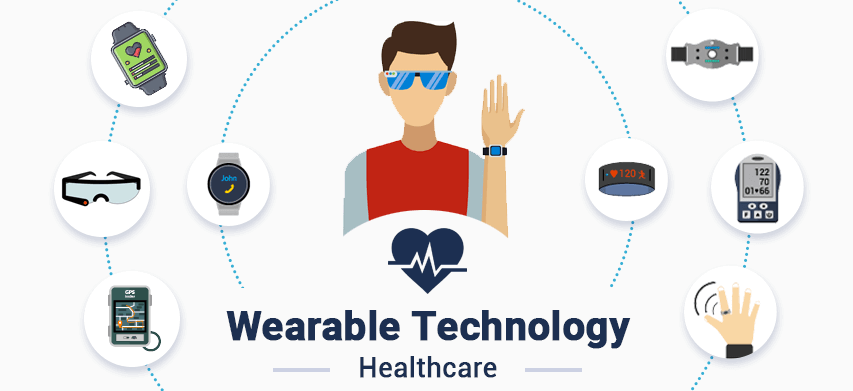Wearable technology plays a significant role in our daily life as well as in the healthcare industry.
The recent coronavirus pandemic has taken the world’s healthcare systems by surprise. Although
trials of possible vaccines are underway, it would take a long time before the vaccines are permitted
for public use. Maximum government efforts are currently geared towards preventing the spread of
the coronavirus and predicting probable hot zones. The essential and healthcare workers are the
most vulnerable towards coronavirus infections due to their required proximity to potential
coronavirus patients. Wearable technology can potentially assist in these regards by providing real-
time remote monitoring, symptoms prediction, contact tracing, etc. The goal of this work is to
discuss the different existing wearable monitoring devices (respiration rate, heart rate, temperature,
and oxygen saturation) and respiratory support systems (ventilators, CPAP devices, and oxygen
therapy) which are frequently used to assist the coronavirus affected people. The devices are
described based on the services they provide, their working procedures as well as comparative
analysis of their merits and demerits with cost. A comparative discussion with probable future
trends is also drawn to select the best technology for COVID-19 infected patients. It is envisaged
that wearable technology is only capable of providing initial treatment that can reduce the spread of
this pandemic.








